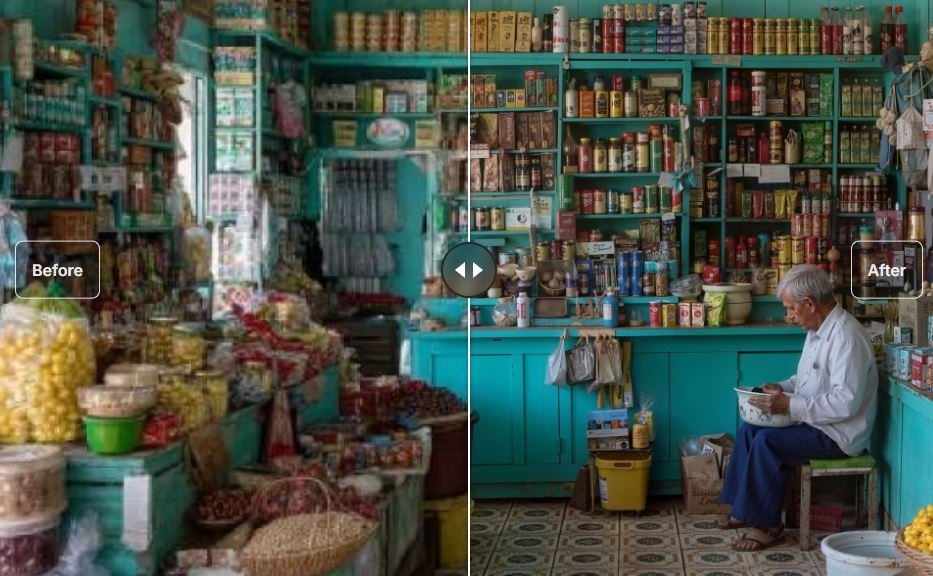When you think about flawless skin in photos or digital designs, what’s the first thing that comes to mind? Smoothness, glow, and natural texture. Whether you’re editing portraits, working on 3D models, or just trying to upgrade your selfies, the key is to enhance skin texture with AI—and make it look as real as possible.
But how do you make skin look natural, not plastic or overly airbrushed? That’s where modern artificial intelligence (AI) tools come into play. These smart tools don’t just blur imperfections; they help create realistic skin texture that feels lifelike, fresh, and true to human skin.
Let’s dive into some helpful, beginner-friendly tips and advice on how to enhance skin texture with AI and achieve those realistic results—without needing to be a tech genius or a professional artist.
Why Realistic Skin Texture Matters
Before jumping into the how-to, let’s talk about why realistic skin texture is important.
-
It adds authenticity: Smooth, but not too smooth—skin should still look like skin, with pores, lines, and natural variations.
-
It avoids the “plastic doll” look: Over-editing can make people look fake. AI helps fix this by restoring natural features while still improving the overall look.
-
It boosts confidence: Whether it’s your own portrait or a creative project, having natural-looking skin texture brings beauty and realism together.
How AI Tools Are Changing Skin Editing
AI has completely transformed the way we approach photo retouching and digital artwork. What used to take hours can now be done in seconds—and with better, more realistic outcomes.
Here’s how AI is making skin editing smarter and more human-friendly:
-
AI identifies skin areas automatically, so you don’t have to mask or manually select them.
-
It understands human texture, learning from thousands of real-life images to apply the right amount of detail.
-
AI adapts to different skin tones and types, so the result doesn’t feel one-size-fits-all.
So, whether you’re touching up a portrait or working on a hyper-realistic 3D character, you can enhance skin texture with AI without losing the natural look.
Tips to Enhance Skin Texture with AI (Without Overdoing It)
Want to create realistic skin texture in your work? These tips will help you balance clarity and smoothness while letting skin remain beautifully natural.
-
Use texture-aware filters: These are smarter than regular smoothing tools. They soften imperfections while keeping the original texture underneath.
-
Work with high-resolution images: The higher the resolution, the easier it is for AI to read fine details like pores and freckles.
-
Zoom in and check tiny areas: Sometimes what looks good zoomed out may seem too smooth up close. Always double-check.
-
Don’t remove all the skin “flaws”: Things like small lines or slight uneven tones make skin look real. Let AI help reduce, not erase, them.
-
Use AI-enhanced cloning or healing tools: These tools blend better with surrounding skin and help create realistic skin texture instead of just copying patches.
-
Combine AI with light retouching by hand: If needed, add or subtract small details manually for a customized finish.
Where You Can Use AI Skin Texture Enhancing
You don’t have to be a photographer or designer to benefit from this. The magic of AI skin editing fits into many creative and everyday uses:
-
Social media posts: Make your photos glow with enhanced texture, not filters that blur everything.
-
Professional portraits: Whether it’s for resumes or websites, having clean yet realistic skin detail makes a big difference.
-
Digital illustrations or avatars: Bring characters to life with believable skin surfaces that show pores, shadows, and texture.
-
3D modeling and gaming art: AI helps create realistic skin texture that enhances character depth and realism in storytelling.
What to Avoid When Using AI for Skin Texture
AI is powerful, but it’s not perfect on its own. Here are a few common mistakes to watch out for:
-
Going too smooth: It might seem tempting to blur everything, but this leads to fake, flat skin.
-
Using the same settings for everyone: AI might need adjusting depending on skin tone, age, and lighting.
-
Ignoring the original photo quality: Even AI needs a solid base. If the photo is blurry or too dark, results will suffer.
-
Forgetting to save the original: Always work on a duplicate. This way, you can compare and go back if needed.
Final Thoughts: The Beauty of Realistic Skin
It’s truly amazing how far technology has come. With just a few smart steps, you can now enhance skin texture with AI in a way that looks natural, soft, and human. Whether you’re editing your selfies or designing a digital character, the key is balance—refining, not removing what makes skin real.
So next time you’re working on a project, remember: AI is your friend, not your fixer. Let it help you highlight the beauty that’s already there and create realistic skin texture that celebrates natural, healthy-looking skin.
